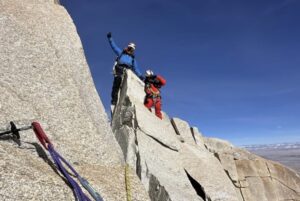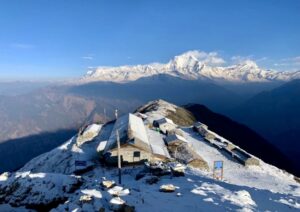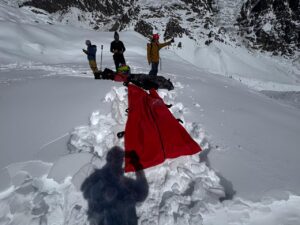The results of Nepal’s 2021 census, released last week, confirm what has been obvious for some time — rural areas are facing a population-decline crisis.
To stave off the migration of villagers to cities, at least one municipality has begun an incentive program featuring cash and livestock.
The municipality of Chhathar in Dhankuta will give a cow and 100,000 rupees (about $762) to “each family who returns,” to the quickly emptying municipality, The Nepali Times reported.
The program is just one example of rural areas encouraging residents to stay or return. Other examples include better access to water and local job programs.
“It is possible to bring people back and hold those who are here. We just have to understand what is driving them out,” said Chhathar municipality chair Santabir Gurung. “We need help in education, health, and in job creation from the federal government.”
Rural drain
Nepal’s rural drain is an example of an issue that states going back to the early Roman Empire have faced. In Nepal, a lack of work and poor rural infrastructure drives the exodus from villages to cities like Kathmandu.
Farmers cannot get their products to market during the monsoon season because of poor roads. Hospitals are inaccessible, and teachers and doctors have no incentive to move to these rural areas, The Nepal Times reports.

Nepal’s monsoon season makes navigating some rural roads nearly impossible. Photo: Shutterstock
Those who can leave often do. Often, that leaves only elderly residents behind.
“My sons live in Kathmandu with their wives. They don’t want to come back to the village but I can’t leave the fields fallow and the house decrepit, so I keep working,” 73-year-old Motimaya Tamang told The Kathmandu Post. “My children ask me to move to the city with them but [this] is my home. I can’t leave.”
Whether cash incentives will be enough to attract people like Tamang’s sons back to their home villages remains to be seen. Many Nepali officials seem to believe that only better infrastructure and education will do the trick.






